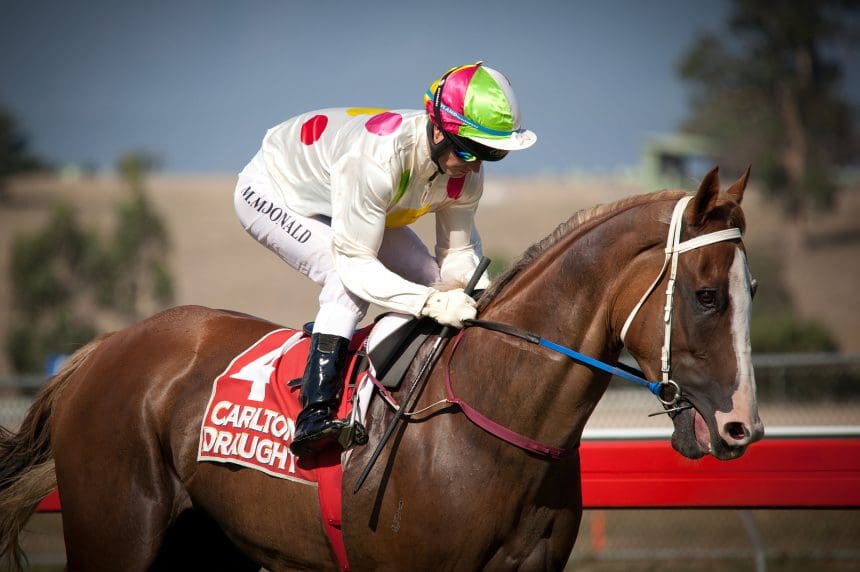(STL.News) In the world of horse racing, every detail counts — from the horse’s pedigree to the jockey’s skill. But one often-debated aspect among bettors and enthusiasts alike is the post position. For those new to the sport, the post position refers to the numbered stall from which a horse starts the race. This seemingly simple detail can spark heated discussions, especially when betting is involved.
Why does the post position matter? It’s believed that where a horse starts on the track can influence its performance, which in turn affects betting odds and potential payouts. But is this influence as significant as some claim, or is it often overestimated?
Understanding the Basics of Post Position
At its core, post position is the starting gate number assigned to a horse in a race. This number determines where on the track the horse will begin — either closer to the rail (inside) or toward the outside. The draw for post positions is typically done randomly, often by a public draw system to ensure fairness. On platforms like FanDuel Racing, post positions are displayed for each entry, giving bettors immediate insight before placing their wagers.
The impact of post position largely depends on the race distance and track configuration. For instance, in shorter sprint races, an inside post might offer a slight advantage because it shortens the distance around the first turn. Conversely, in longer races or those with wider turns, starting from the outside may pose less of a disadvantage than many assume.
One common misconception is that certain post positions guarantee success or failure. Some bettors swear by the rail (Post Position 1) being the golden ticket, while others avoid the dreaded far outside spots. However, many seasoned handicappers know that while post position is a factor, it’s rarely the sole predictor of success.
Relevance of Post Position in Horse Racing Betting
Post position often plays a key role in predicting race outcomes, especially in marquee events like the Kentucky Derby. The position can influence a horse’s ability to secure a favorable running position early in the race, particularly in large fields where jockeying for space is intense.
Historical data reveal that certain post positions have fared better over time in specific races. For example, in the Kentucky Derby, horses starting from Post Position 5 have historically performed well, while those drawn to Post 1 or extreme outside positions have faced challenges. These statistics can influence betting decisions, particularly among those seeking every possible edge.
However, there are plenty of instances where favorites have faltered despite having a “good” post, or underdogs have triumphed from seemingly disadvantageous spots. Take Mine That Bird, the 2009 Kentucky Derby winner who started from Post 8 at 50-1 odds, is a prime example of how a horse’s talent, trip, and racing luck can outweigh post position expectations.
Common Strategies in Betting Based on Post Positions
Some bettors craft entire strategies around post positions. A popular approach is to favor horses drawn on the inside for sprints and lean toward mid-post positions in crowded fields to avoid getting boxed in. For turf races, where positioning can be even more critical, bettors might give extra weight to horses drawn near the rail.
Expert opinions vary. Some handicappers suggest treating post position as a minor factor unless race conditions or historical data strongly suggest otherwise. They advise weighing it alongside key indicators such as the horse’s running style, trainer statistics, and recent form.
Of course, there are pros and cons to betting based solely on post position. On the positive side, it can help identify value bets or possible vulnerabilities in favorites. On the downside, overemphasizing post position can lead bettors to overlook more critical elements, such as pace dynamics or the individual capabilities of the horse and rider.
Impact of Track Layout and Conditions on Post Positions
One of the most important yet often overlooked aspects of post position analysis is the track layout. Not all tracks are created equal. Some have tighter turns, longer straightaways, or narrower lanes, all of which can alter the significance of a particular starting spot. For instance, tracks like Churchill Downs with wide, sweeping turns may diminish the disadvantage of outside posts, while smaller ovals might make the inside rail more valuable.
Weather conditions also play a significant role. A rain-soaked track (often called a “sloppy” or “muddy” track) can shift post position dynamics. The inside rail might become heavier and slower in wet conditions, making outside posts more favorable on such days. Understanding how these variables interact with post positions gives bettors a sharper edge in predicting race outcomes.
Final Words
Post position undeniably holds some influence in horse racing outcomes, particularly in tightly contested races or on specific track types. However, it is far from the only factor that matters when placing bets. While historical data and trends offer valuable insights, relying solely on past positions without considering other variables can lead to misguided decisions.
Successful horse racing betting is about balance — weighing post position alongside the horse’s ability, jockey skills, track conditions, and race strategy. In other words, post position is a piece of the puzzle, not the whole picture.











